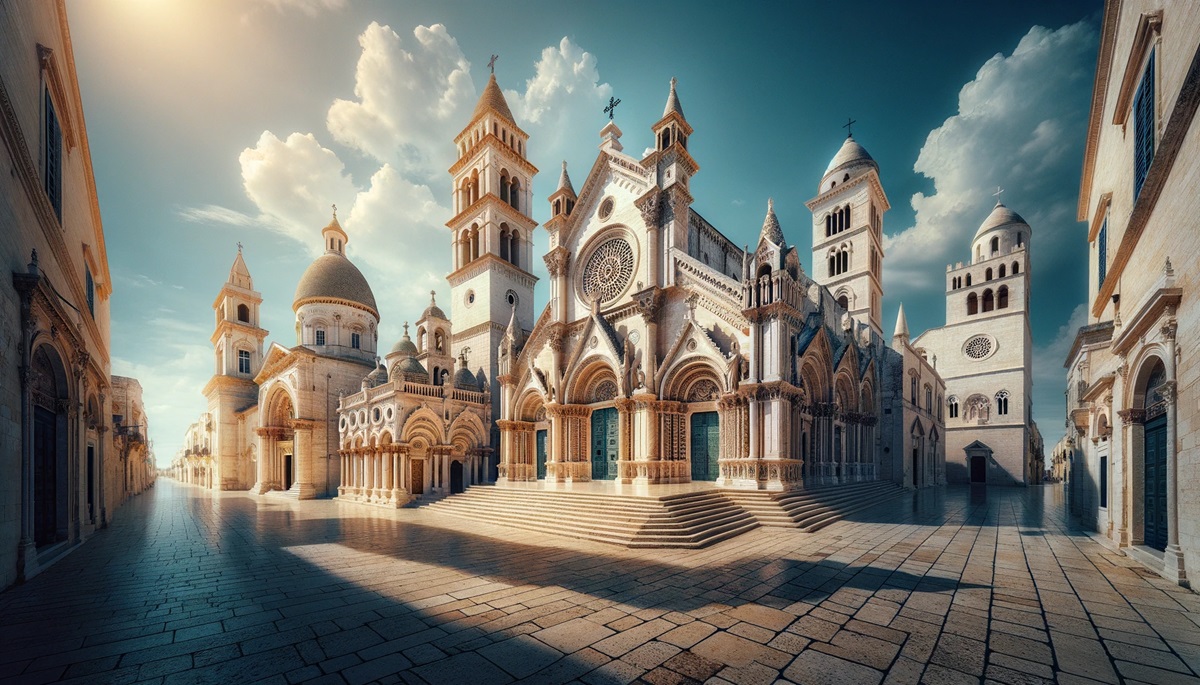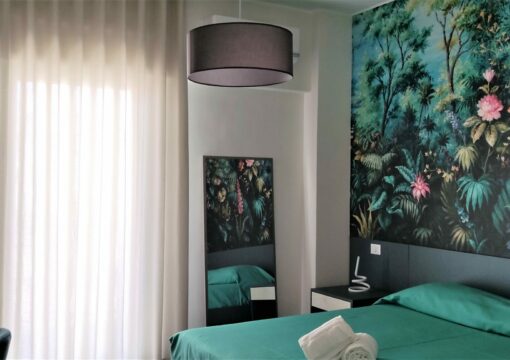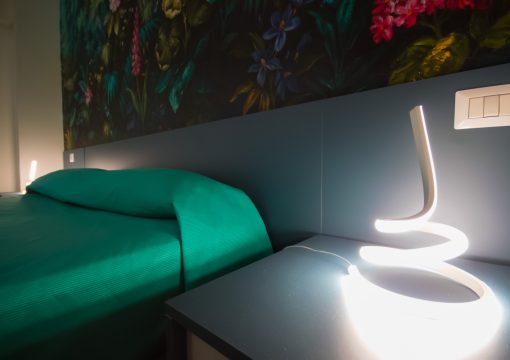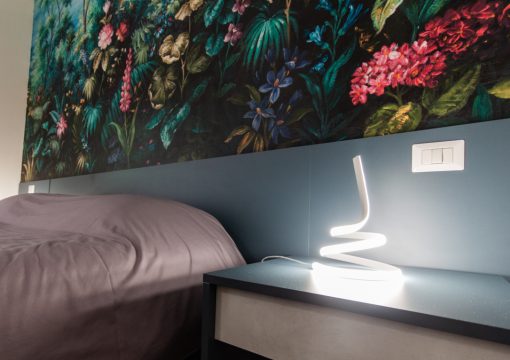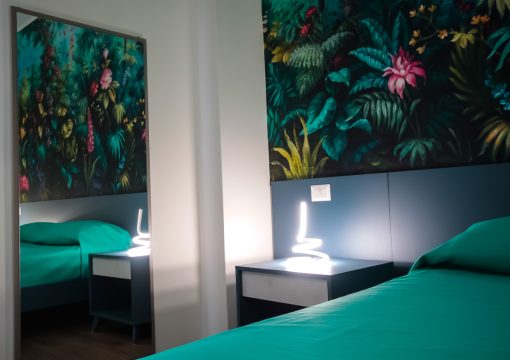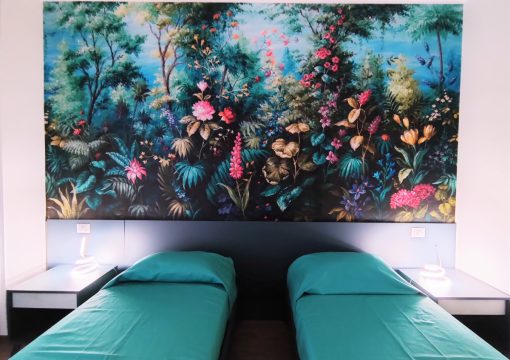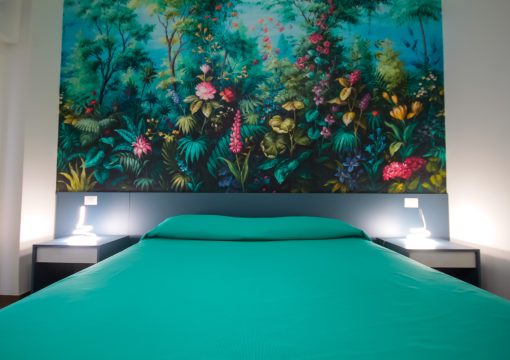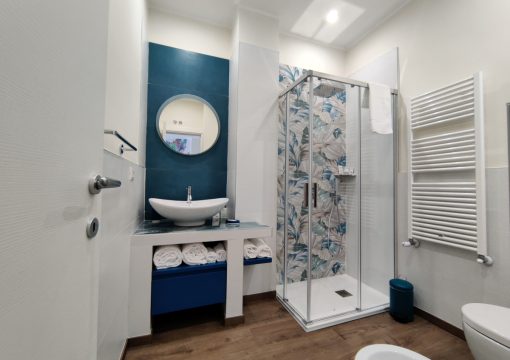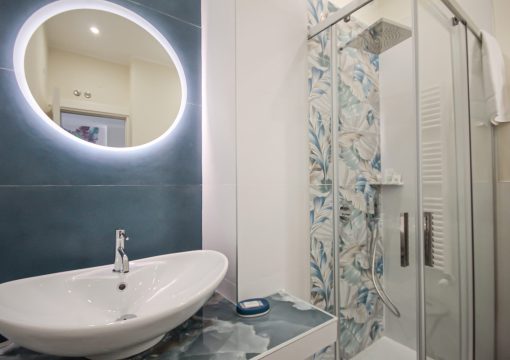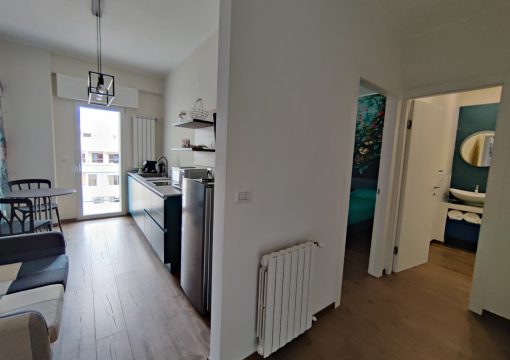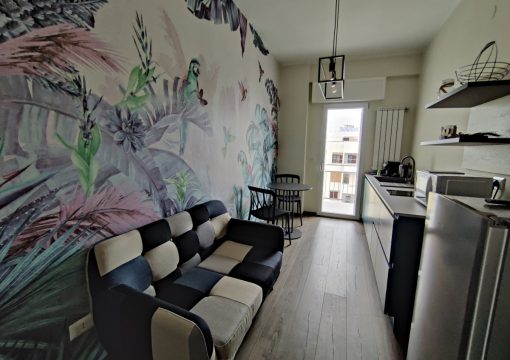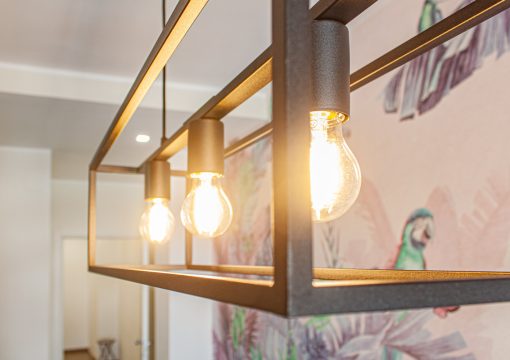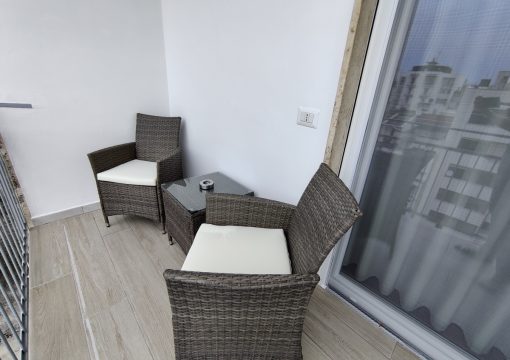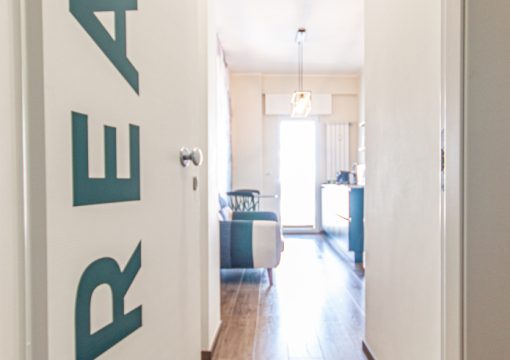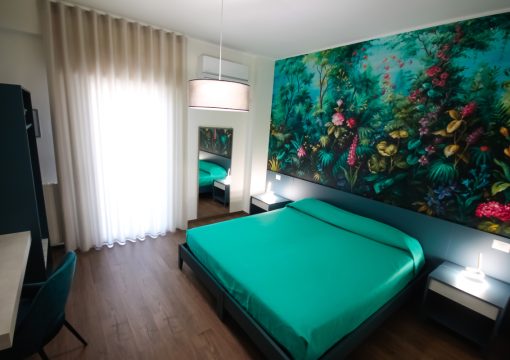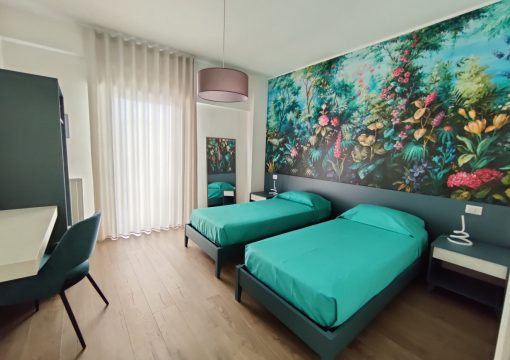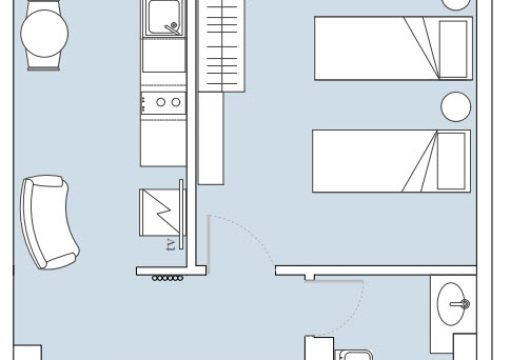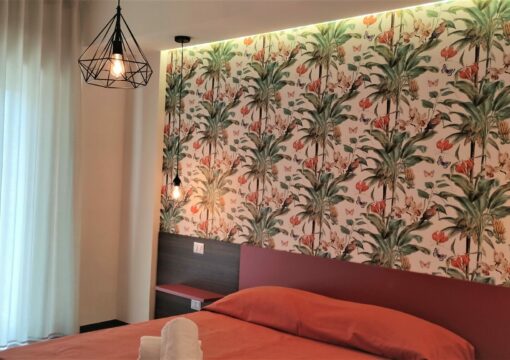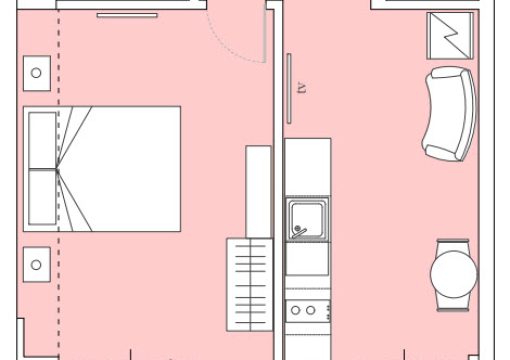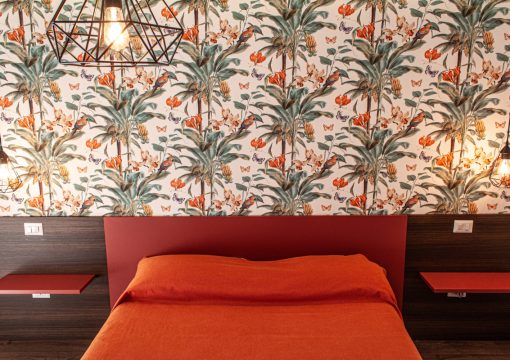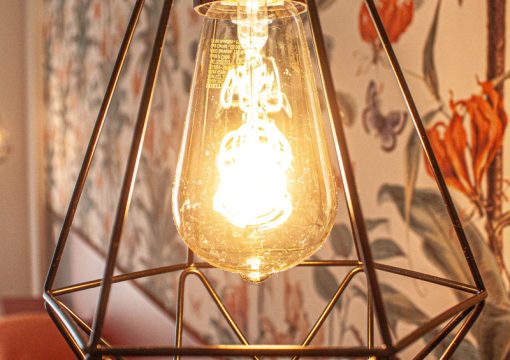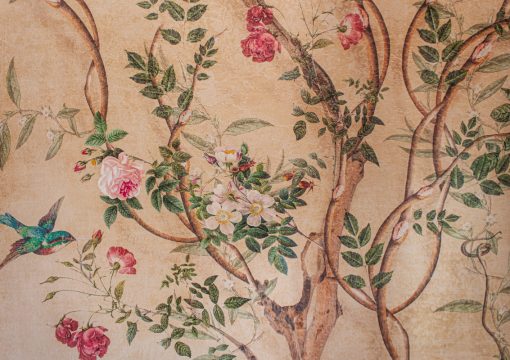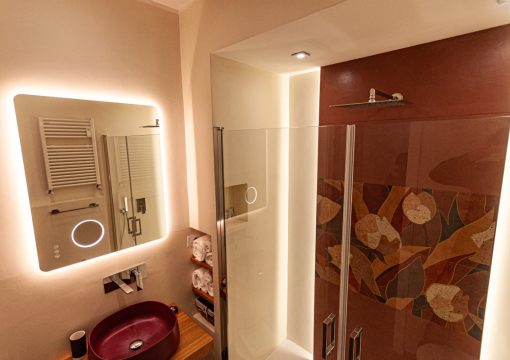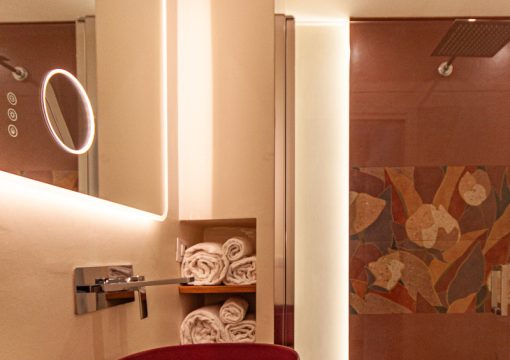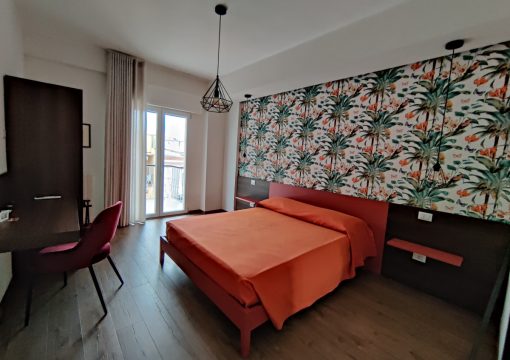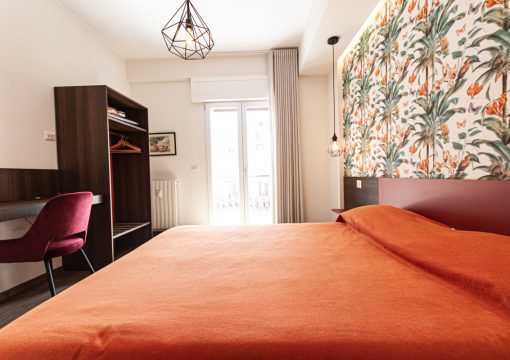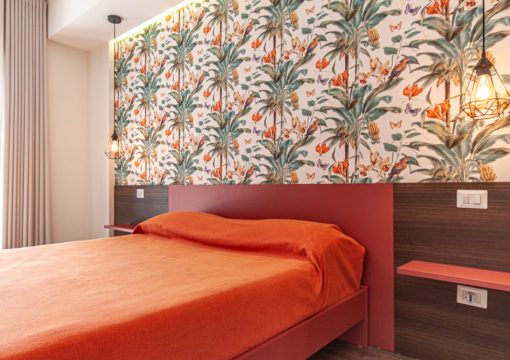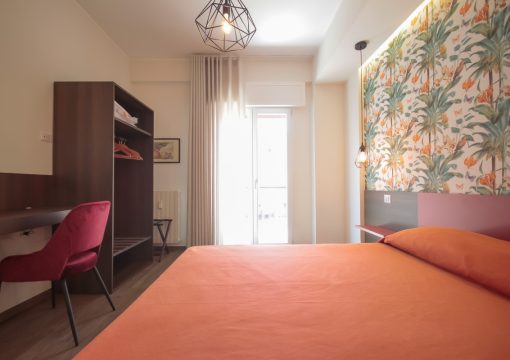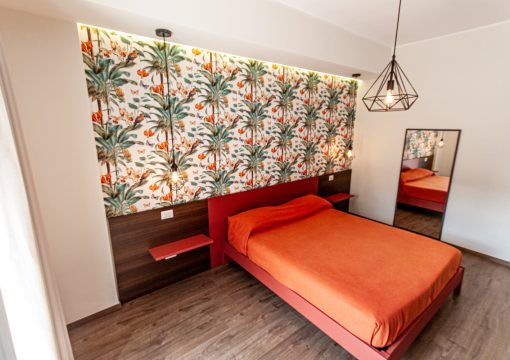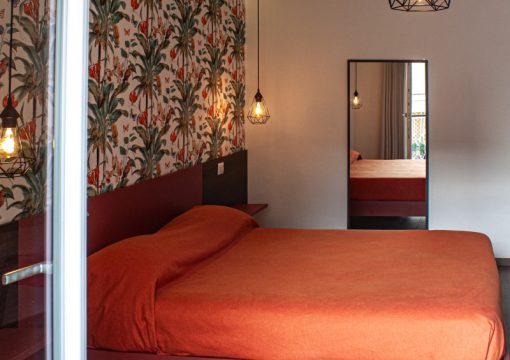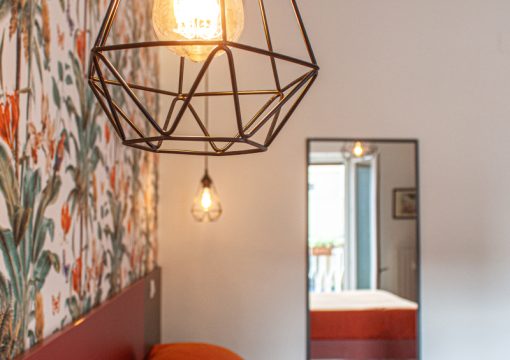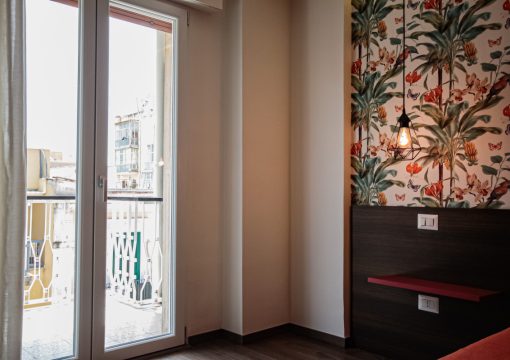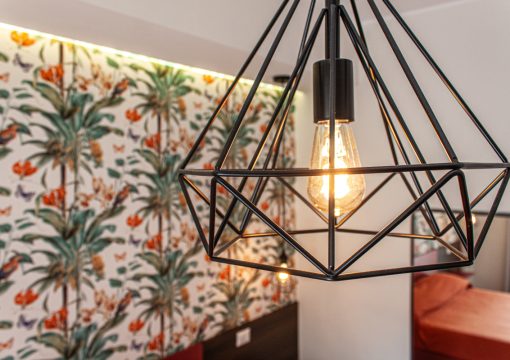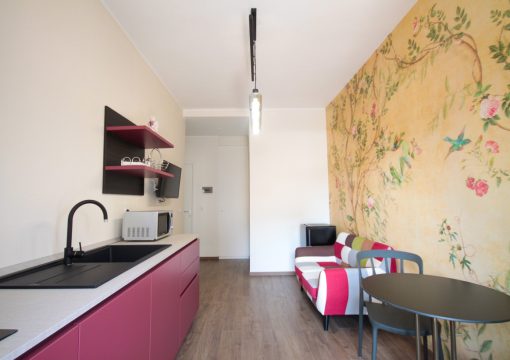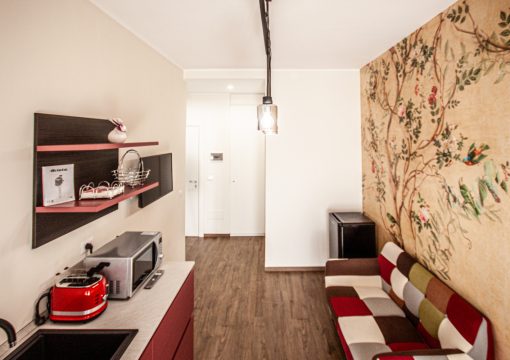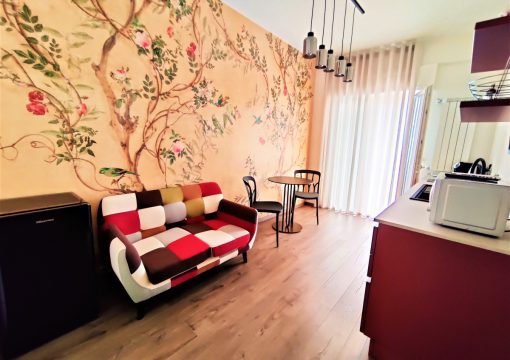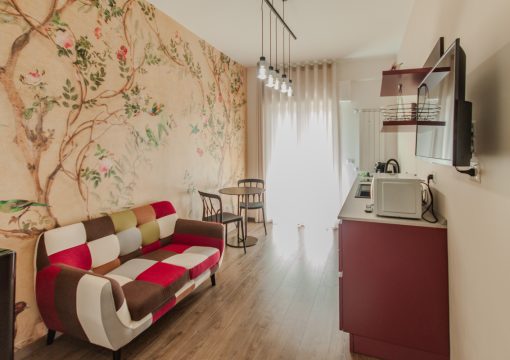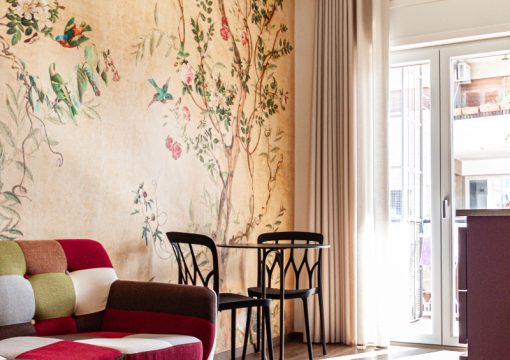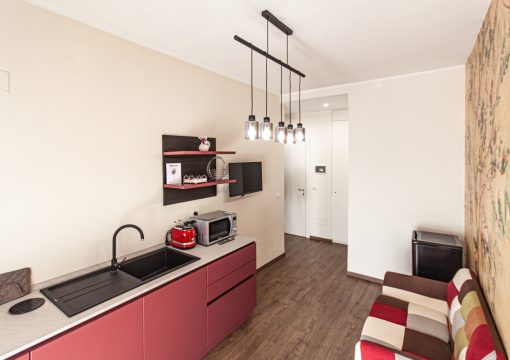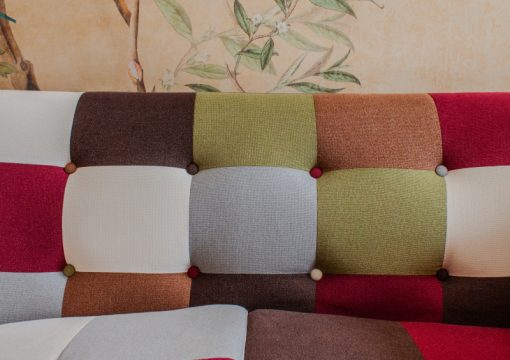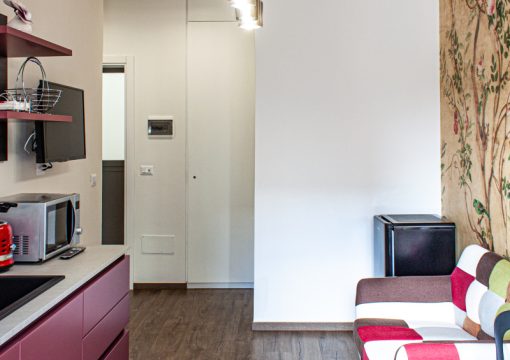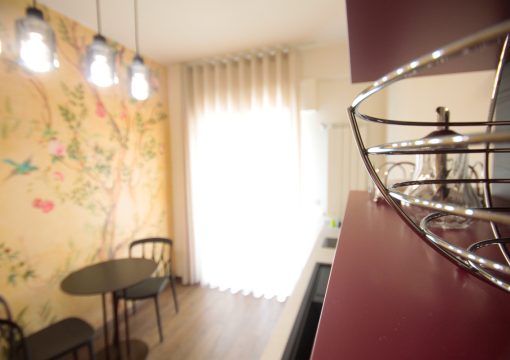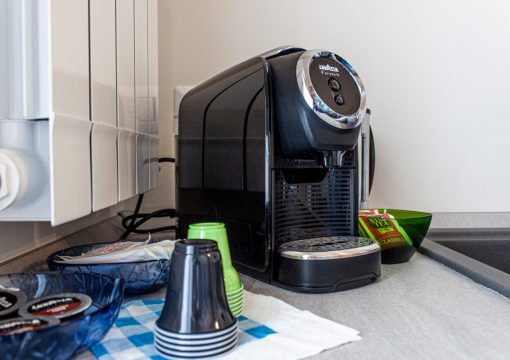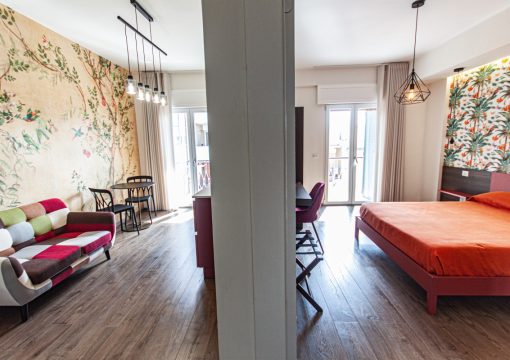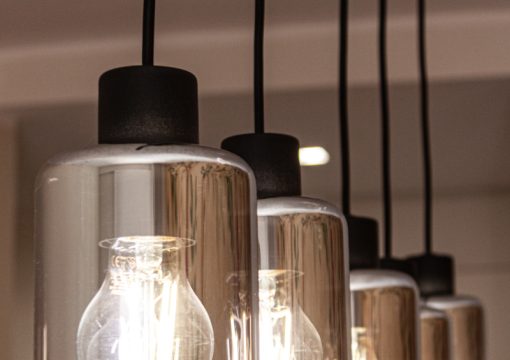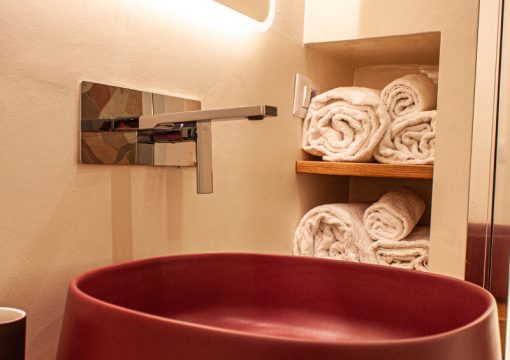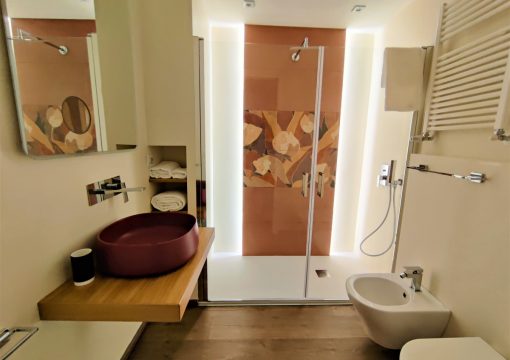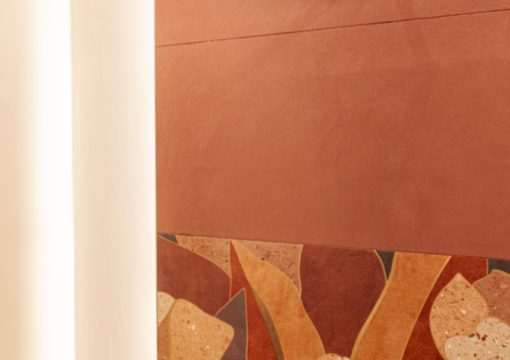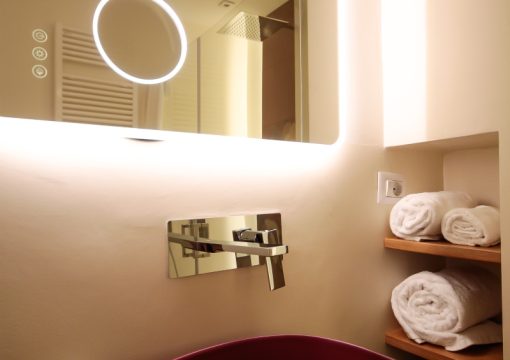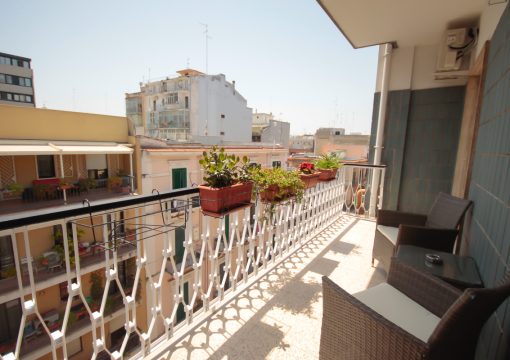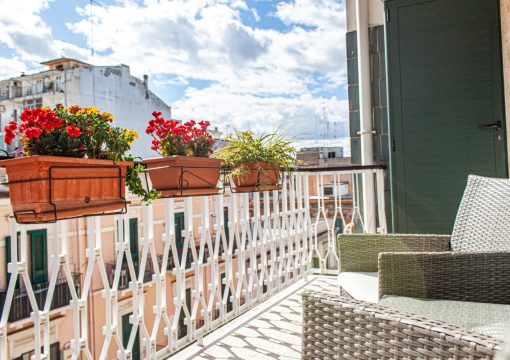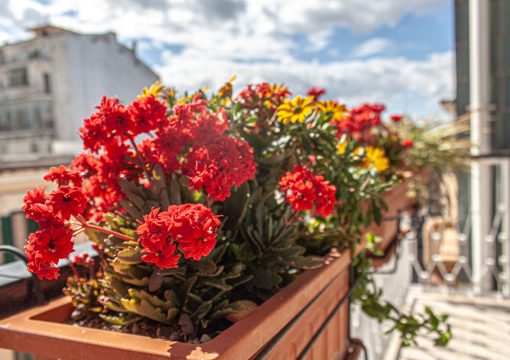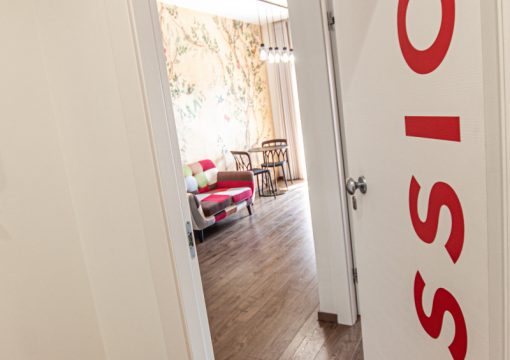Journey Through the Religious Architecture of Puglia: The Most Beautiful Churches and Cathedrals
Hello, I’m Elisabetta from BeBari Apartments! Puglia, with its rich historical and cultural heritage, is known for its stunning churches ranging from Romanesque to Baroque styles. If you are passionate about religious architecture or simply looking for places full of art and history, follow this virtual tour of Puglia’s most beautiful churches.1. Trani Cathedral – Trani (1143)
Trani Cathedral, dedicated to Saint Nicholas the Pilgrim and built in 1143, is a masterpiece of Apulian Romanesque architecture. Located in a striking position overlooking the Adriatic Sea, the cathedral stands out for its majestic facade with a large rose window and three richly decorated portals, and for the use of local limestone which, under the sun, gives the structure a bright golden hue. The independent bell tower, tall and slender, serves as a landmark for sailors, enriched with blind arches and biforas that enhance its aesthetic beauty. Inside, the cathedral is divided into three naves supported by robust columns with semicircular arches, creating a solemn and contemplative atmosphere. The crypt contains the relics of Saint Nicholas the Pilgrim, attracting numerous pilgrims each year.2. Basilica of San Nicola – Bari (1087)
Built to house the relics of Saint Nicholas, transferred from Myra in Lycia, this basilica has become a spiritual landmark for both Orthodox and Catholic faithful, drawing pilgrims from around the world. The exterior of the basilica features an imposing facade with decorated portals and a series of blind arches that add visual depth. The bell tower, dating back to the 12th century, is simple yet elegant, with small openings that open to the sky. The interior is spacious and austere, with three naves divided by massive columns and pillars. The exposed truss ceiling and the environment are dominated by an atmosphere of sanctity and historicity. The crypt, the pulsating heart of the basilica, is where the saint’s relics are found and represents a place of great devotion. The art present in the basilica is rich and varied, featuring numerous masterpieces, including sculptures and mosaics that depict episodes from the life of Saint Nicholas.3. Cathedral of Santa Maria Assunta – Otranto (1088)
The Cathedral of Santa Maria Assunta in Otranto, consecrated in 1088, is a masterpiece of Apulian Romanesque architecture, famous for its vast and intricate floor mosaic covering the entire floor of the nave and transept. Created in 1165 by the Basilian monk Pantaleone, the mosaic is a stone fresco depicting biblical stories, myths, and everyday scenes, reflecting the cosmopolitanism and cultural richness of Otranto during the Middle Ages. The facade of the cathedral, with its large rose window and sculpted portals, exemplifies the elegance of the Romanesque style and invites visitors to explore the interior divided into three naves, with columns adorned with finely worked capitals. Inside, the cathedral opens onto an imposing space leading to the majestic main altar and the crypt below, rich in historical columns from Roman and Byzantine constructions. This last holds the relics of the martyrs, including those of the 800 of Otranto, massacred in 1480 during the Ottoman invasion.4. Basilica of Santa Croce – Lecce (1549)
The Basilica of Santa Croce in Lecce, begun in 1549 and completed only in the 17th century, is one of the greatest examples of Lecce Baroque, a style that uniquely and spectacularly characterizes the city’s architecture. This extraordinary church stands out for its extraordinarily elaborate facade, a true triumph of decorations including twisted columns, sculptural trimmings, putti, religious symbols, and animal figures, all crafted from Lecce stone, soft and malleable, allowing for finely detailed work. Inside, the basilica is equally impressive, with a large single nave leading to the main altar, surrounded by numerous richly decorated side chapels. Each chapel is a masterpiece of Baroque art, with marble altars, canvases, and sculptures that visually tell the stories of the saints to whom they are dedicated. The nave covering, decorated with intricate stuccos and frescoes, helps create an environment of deep spirituality and artistic magnificence.5. Bari Cathedral – Bari (1034)
Bari Cathedral, officially known as the Cathedral of San Sabino, was originally built in 1034 but has undergone numerous refurbishments and restorations over the centuries, particularly after the destruction it suffered in 1156. Located in the heart of Bari’s historic center, this imposing building is an emblematic example of Apulian Romanesque architecture, characterized by a solid stone structure and a relatively austere facade that hides a rich and majestic interior. The interior of the cathedral is divided into three naves supported by robust columns and features a wooden truss ceiling. The floor is decorated with medieval mosaics depicting biblical scenes and Christian symbols, contributing to the atmosphere of sanctity and antiquity of the place. Below the level of the main nave is the crypt, which houses the relics of San Sabino and other bishops of Bari. The crypt is a notable example of Romanesque architecture with finely sculpted columns and capitals depicting scenes from the Bible and the lives of the saints.6. Church of San Giovanni Battista – Monte Sant’Angelo (11th century)
The Church of San Giovanni Battista in Monte Sant’Angelo, built in the 11th century, is a refined example of Apulian Romanesque architecture. Located in one of the region’s most sacred and historic sites, this church is an integral part of the spiritual complex that includes the famous Sanctuary of Saint Michael the Archangel, a destination for pilgrimages for centuries. The church stands out for its compact structure and austere facade characterized by a simple but elegant portal, topped by a tympanum and a series of small openings that illuminate the interior. Inside, the church maintains an atmosphere of sober spirituality with a single nave leading to the altar. The walls are adorned with ancient frescoes, many of which date back to the medieval period, depicting biblical scenes and the life of Saint John the Baptist. The Church of San Giovanni Battista is not only a place of worship but also represents a significant point of historical and artistic interest. Its location in the ancient village of Monte Sant’Angelo, overlooking the Gulf of Manfredonia, makes it particularly evocative.7. Co-Cathedral of Ruvo di Puglia (12th century)
Located in the heart of the city of Ruvo di Puglia, this church is famous for its imposing facade and a unique architectural detail: a Roman column repurposed to support the bell tower, testifying to the historical and cultural stratification of the site. The facade of the co-cathedral is characterized by a large central rose window and three sculpted portals, with semicircular arches that convey a sense of majesty and depth. The interior has three naves, divided by massive columns that support pointed arches, with finely decorated capitals reflecting the influence of Romanesque and Byzantine art. The atmosphere inside is austere but solemn, with wide spaces inviting contemplation. The crypt, accessible via a staircase located in the central nave, houses the relics of Saint Cletus, one of the early popes of the Catholic Church, making the co-cathedral an important pilgrimage site.8. Basilica of San Martino – Martina Franca (1747)
The Basilica of San Martino in Martina Franca, built in 1747, is one of the most refined and splendid examples of Apulian Baroque. Located in the historical center of the city, this church is distinguished by its elaborately decorated facade, a true masterpiece that captures the essence of Baroque with volutes, statues, and ornamental details carved in the tender Lecce stone. The facade is dominated by a large portal framed by Corinthian columns and topped by a broken pediment, above which stands the statue of Saint Martin, the patron of the city, as he shares his cloak with a beggar. This emblematic scene not only represents an act of charity but also symbolizes humanity and compassion, central themes of Christianity. Inside, the basilica is equally impressive with its single nave leading to the main altar, surrounded by several side chapels, each dedicated to different saints and adorned with marble altars, vintage canvases, and intricate decorations. The ceiling is decorated with frescoes depicting scenes from the life of Saint Martin and other religious themes, executed with a mastery that enhances light and shadow, typical of the Baroque.9. Lecce Cathedral – Lecce (1144)
Lecce Cathedral, officially known as the Cathedral of the Assumption of the Virgin Mary, was originally built in 1144, but its current architectural form is the result of a Baroque renovation that took place in the 17th century under the guidance of the architect Giuseppe Zimbalo. This magnificent example of Lecce Baroque is located in the Cathedral Square, one of the most picturesque in Lecce, closed on three sides and open only by one access road, creating a unique scenic effect. The facade of the Cathedral is majestic and richly decorated, characterized by a double order of columns, elaborate sculptures, and a large rose window. The bell tower, 70 meters high, is one of the city’s most emblematic structures, visible from many parts of Lecce. Inside, the cathedral features a central nave flanked by numerous side chapels, each containing Baroque altars, vintage canvases, and precious ornaments. The nave is dominated by an imposing vault decorated with frescoes that recount episodes from the life of the Virgin Mary.10. Church of Santa Chiara – Lecce (1429)
The Church of Santa Chiara in Lecce, founded in 1429, is a significant example of Baroque architecture, although its origins date back to the Gothic period. Located in the heart of Lecce’s historic center, this church was transformed in the 17th century, acquiring Baroque features that harmoniously blend with pre-existing Gothic elements. The facade of the church, although more sober compared to other examples of Lecce Baroque, is elegantly enriched by a large rose window, one of the original Gothic elements preserved. This rose window not only adds a distinctive visual element to the exterior structure but also allows light to filter inside, creating light effects that animate the interiors. The interior decorations are rich and ornate, characterized by intricate stuccos, elaborate altars, and a series of sacred artworks that adorn the walls and chapels. The interior of the church is dominated by a single nave that culminates in an imposing main altar, behind which the choir, richly decorated, is located. The Church of Santa Chiara is also famous for its vaulted ceiling, magnificently frescoed, depicting various religious and allegorical scenes, demonstrating the mastery of local Baroque artists.11. Cathedral of San Sabino – Canosa di Puglia (8th century)
The Cathedral of San Sabino in Canosa di Puglia, originally built in the 8th century, represents one of the oldest and most significant examples of sacred architecture in the region. Dedicated to San Sabino, bishop of Canosa, the cathedral has undergone numerous modifications and restorations over the centuries, introducing later architectural elements while retaining the essence of its original style. The current facade of the cathedral, although rebuilt in later periods, retains an impressive simplicity and majesty, with a large portal that welcomes the faithful and a rose window that illuminates the interior. Inside, the cathedral is divided into three naves, with columns and capitals showing both Byzantine and Roman influences. The central nave leads to the altar, above which a splendid dome was added during one of the restorations to enrich the architectural appearance of the building. A particularly interesting feature of the Cathedral of San Sabino is its crypt, accessible via a staircase near the main entrance. The crypt houses the relics of San Sabino and features frescoes dating back to the 9th century, as well as Roman and Byzantine sarcophagi repurposed for Christian burials.12. Church of San Domenico – Martina Franca (17th century)
The Church of San Domenico in Martina Franca, erected in the 17th century, is a splendid example of Apulian Baroque that characterizes many of the sacred buildings in the region. Located in the historic heart of Martina Franca, this church captures attention with its elaborately decorated facade, typical of the Baroque style with volutes, cornices, and statues adorning the exterior, reflecting the exuberant and detailed aesthetics of this artistic period. The interior of the church is equally majestic, organized with a single nave that expands into various side chapels, each dedicated to different saints and enriched by ornate altars, vintage canvases, and stucco decorations. The ceiling is a masterpiece of Baroque art, with vibrant frescoes narrating stories from the life of Saint Dominic and other religious themes, contributing to creating an environment of deep spirituality and artistic beauty. A distinctive feature of the Church of San Domenico is its bell tower, elegant and proportionate, which rises above the surrounding structures and provides a visual landmark in the area.13. Church of Santa Caterina d’Alessandria – Galatina (14th century)
Commissioned by Raimondello Orsini del Balzo in 1384, inspired by his visit to the Holy Sepulchre in Jerusalem. This place of worship is distinguished by its rich exterior decoration, including the ornate facade and finely sculpted portal, representing biblical scenes and sacred figures, creating a complex visual symbolism that attracts the attention of visitors and scholars. The interior of the church is remarkably adorned with a cycle of frescoes that almost completely cover its walls, the work of artists from the Giottesque school. These frescoes, among the most important and best-preserved in southern Italy, illustrate scenes from the life of Saint Catherine and other biblical episodes, offering an overview of Christian narrative and medieval spirituality. The church also houses a series of noble tombs, including that of its founder, Raimondello, underlining its historical role as a mausoleum and place of devotion.14. Basilica of San Leucio – Canosa di Puglia (9th century)
Dedicated to San Leucio, one of the early evangelizers of the area and bishop of the city, the basilica represents a significant example of medieval sacred architecture. Originally built over the ruins of a pagan temple, this church has undergone numerous modifications and restorations over the centuries but still retains elements that reflect its glorious past, including some features of the original Byzantine architecture. Inside, the basilica is famous for its splendid crypt, an underground corridor that formerly connected various religious buildings and today houses important archaeological findings and sacred relics. The walls of the basilica are adorned with frescoes and mosaics depicting biblical stories and scenes from the life of San Leucio, demonstrating the importance of worship and the depth of Christian tradition in the region.15. Basilica of Santa Maria de Finibus Terrae – Santa Maria di Leuca (17th century)
The name of the basilica, which means “Saint Mary at the end of the earth,” underscores its unique geographical position. This church has been a reference point for pilgrims traveling to the Holy Land for centuries, symbolizing the end of the known world and the beginning of the spiritual journey. Architecturally, the basilica combines Baroque and Renaissance elements, with an imposing facade decorated with statues of saints and ornate windows that allow light to illuminate the richly decorated interior. Inside, the basilica is enriched by artistic altars, a vaulted ceiling frescoed, and marble floors, which house works of sacred art of considerable value, including paintings and sculptures that tell the story of Christianity in the region.16. Church of San Matteo – Lecce (1667)
The Church of San Matteo in Lecce, built in 1667, is a splendid example of Lecce Baroque, an architectural and artistic movement that made the city famous in the 17th century. This church is distinguished by its unique and innovative facade, characterized by a double curvature that moves forward and backward creating a very dynamic visual effect. This feature is a deviation from the typical flat front of Baroque constructions, demonstrating eccentric but refined architectural creativity. The interior of the church is equally majestic, with a single nave culminating in a richly decorated apse. The side altars and ceiling are embellished with gilded stuccos, frescoes, and sculptures that illustrate biblical scenes and episodes from the life of Saint Matthew, the patron of the church. Moreover, the intense use of leccisu, a local soft and malleable stone, allows intricate details and meticulous workmanship that captures light in a unique way, creating plays of shadows and lights that enhance the spirituality and elegance of the place.17. Church of the Madonna della Greca – Locorotondo (11th century)
This ancient place of worship represents one of the earliest examples of Romanesque architecture in the region, distinguished by its compact structure and essential geometric shapes that give it an austere but elegant appearance. The church is dedicated to the Virgin Mary, particularly venerated in this area with the title of “Madonna della Greca,” testimony to the Byzantine influence that has extended in Puglia over the past centuries. The interior of the church is simple and collected, with a single nave culminating in a semicircular apse. Despite its modest dimensions, the church is rich in decorative elements of significant historical and artistic interest, including partially preserved frescoes depicting scenes from the life of the Virgin and other Christian themes. The materials used, mainly local stone and limestone, are expertly worked, and the details carved on the arches and window frames highlight the skill of the craftsmen of the time.18. Cathedral of San Corrado – Molfetta (1150)
Dedicated to San Corrado, patron saint of the city, this cathedral is an extraordinary example of Apulian Romanesque architecture, with Gothic art influences manifesting in its decorative and structural elements. Characterized by three domes in axis visible from afar, the cathedral stands out in the urban landscape of Molfetta for its unique and distinctive profile. The exterior of the cathedral is made with blocks of local limestone, which give it a light color and a robust texture. The facades are decorated with blind arches and a series of elegant portals, including intricate carvings and sculptural motifs that tell biblical stories and scenes from the life of San Corrado. The interior is equally majestic, with a high and bright central nave, supported by massive columns that support the vaults. The interiors are adorned with sacred artworks, including frescoes and sculptures, that enrich the spiritual and artistic context.19. Basilica of San Valentino – Bitonto (11th century)
This basilica is dedicated to Saint Valentine, a Christian martyr whose veneration in the city of Bitonto testifies to the ancient and profound root of Christian faith in the region. With its massive structure and the sober lines typical of Romanesque style, the basilica reflects the aesthetics and religious engineering of the Middle Ages. The building features an imposing facade with a large entrance portal enriched by sculptures and bas-reliefs illustrating biblical scenes and Christian symbols, intended to visually educate the faithful. The structure is crowned by a series of small arches and a large central rose window that filters natural light into the narthex, creating a suggestive and spiritually welcoming internal environment. Inside, the basilica is characterized by a main nave flanked by robust columns, above which semicircular arches support the ceiling. The main altar, located in the semicircular apse, is the focal point of the building and houses important works of sacred art, including ancient frescoes that still today narrate the story of Christian devotion in Bitonto.Ready to discover the most fascinating churches in Puglia?
With this guide, I hope to have inspired you to explore the architectural and spiritual wonders that Puglia has to offer. Each church is a chapter of history, a work of art, and a place of quiet and reflection. I look forward to welcoming you at BeBari Apartments, where free parking and a strategic location in Bari will be your base for moving around Puglia.Where to sleep in Bari before visiting Puglia
bebari
Be Free, Be Bari!
Comfort. No constraints. Just relax
- Designer flats, just minutes from all the attractions of Bari.
- Virtual check-in. Without reception or keys. Without rules or timetables.
- Independent. Everything you need to have what you want, when you want, how you want.
- Free parking
Feel free.
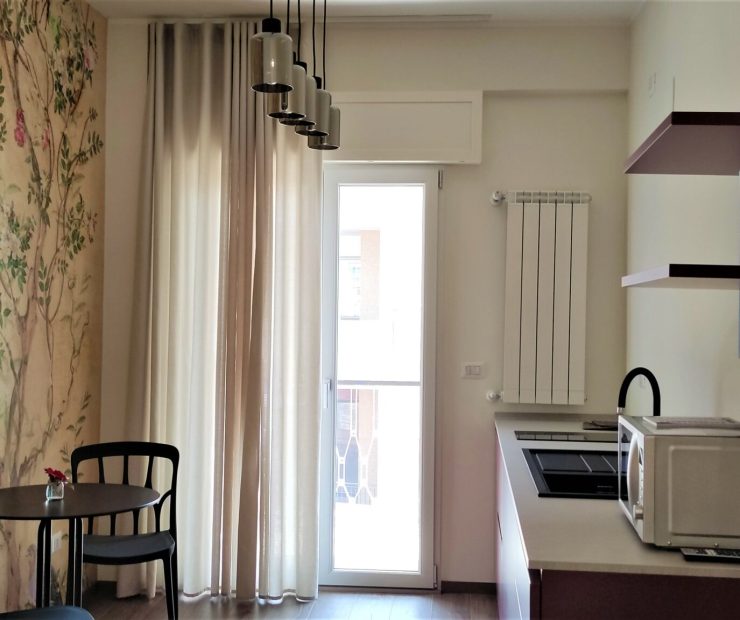
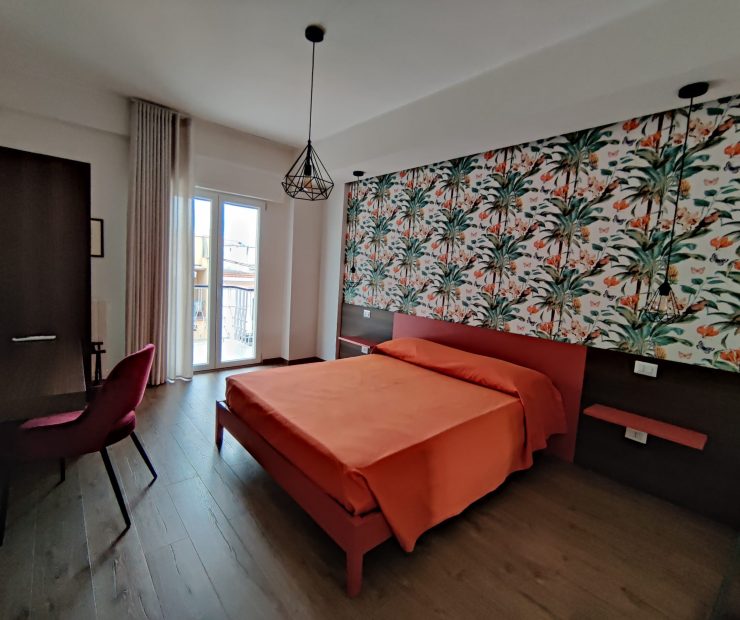
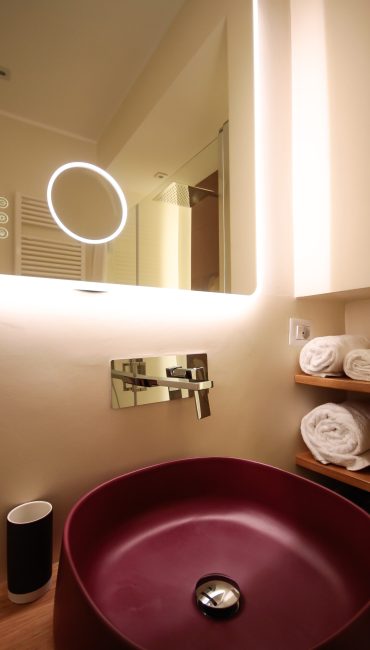
be relaxed
The flats you'll love
Which flat do you prefer?
Each one has free parking, an equipped kitchen and a private balcony.
Benvenuti al Dream Apartment di BeBari Apartments, completamente rinnovato nel 2023. Questo appartamento è la scelta ideale per coppie, turisti...
Benvenuti al Passion Apartment di BeBari Apartments, un rifugio di lusso pensato per coppie in cerca di intimità e romanticismo....
Frequently asked questions
The most frequently asked questions we receive from our customers are all contained in the FAQ section. Take a look to get an answer to your questions now.
where we are
See you here
BeBari Apartments is located at 145 Via Garruba, just a few minutes from the "Quintino Sella" metro stop for the airport, about 10 minutes from the central train station, the historic center and all major points of interest in downtown Bari.
Via Michele Garruba 145, 70122, Bari
When are you coming to visit us?
... or write to us 🙂
Leave your details to be contacted or for a no-obligation request for your stay

